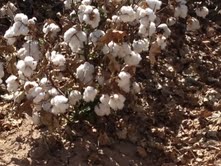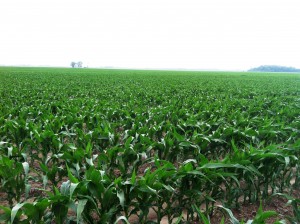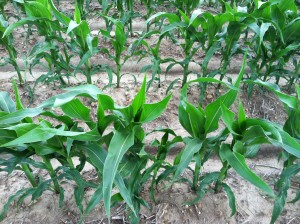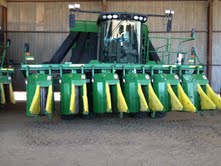 If your deductible loss from operating your farm is more than your other income for the year, you may have a net operating loss (NOL). You may also have an NOL if you had a personal or business-related casualty or theft loss that was more than your income.
If your deductible loss from operating your farm is more than your other income for the year, you may have a net operating loss (NOL). You may also have an NOL if you had a personal or business-related casualty or theft loss that was more than your income.
Note: If you have an NOL this year, you can carry it to other years and deduct it. You may be able to get a refund of all or part of the income tax you paid for past years, or you may be able to reduce your tax in future years.
Carrybacks
Generally, you carry an NOL back to the two tax years before the NOL year and deduct it from income you had in those years. You can choose not to carry back an NOL and only carry it forward. There are rules for figuring how much of the NOL is used in each tax year and how much is carried to the next tax year. Different rules apply to 2008 or 2009 NOL’s. These rules are explained in Publication 536.
Unless you choose to waive the carryback period, as discussed later, you must first carry the entire NOL to the earliest carryback year. If your NOL is not used up, you can carry the rest to the next earliest carryback year, and so on.
Refigured Tax
Refigure your deductions, credits, and tax for each of the years to which you carried back an NOL. If your refigured tax is less than the tax you originally paid, you can apply for a refund by filing Form 1040X, Amended U.S. Individual Income Tax Return (PDF), for each year affected, or by filing Form 1045 (PDF). You will usually get a refund faster by filing Form 1045, and generally you can use one Form 1045 to apply an NOL to all carryback years.
Exceptions to 2-Year Carryback Rule
Eligible Losses
Eligible Losses qualify for longer carryback periods. The carryback period for an Eligible Loss is 3 years. An Eligible Loss is any part of an NOL that:
- Is from a casualty or theft, or
- Is attributable to a Presidentially declared disaster for a qualified small business
Note: An eligible loss does not include a farming loss.
Farming Loss
Farming Losses qualify for longer carryback periods. The carryback period for a Farming Loss is 5 years. A Farming Loss is the smaller of:
- The amount which would be the NOL for the tax year if only income and deductions attributable to farming businesses were taken into account, or
- The NOL for the tax year
You can choose to treat a farming loss as if it were not a farming loss. If you make this choice, the loss is subject to the 2-year carryback period. For more information, refer to, When To Use an NOL in Publication 536.
Carryovers
If you do not use up the NOL in the carryback years, carry forward what remains of it to the 20 tax years following the NOL year. Start by carrying it to the first tax year after the NOL year. If you do not use it up, carry over the unused part to the next year. Continue to carry over any unused part of the NOL until you use it up or complete the 20-year carryforward period.
For an NOL occurring in a tax year beginning before August 6, 1997, the carry forward period is 15 years.
 If you sell more livestock, including poultry, than you normally would in a year because of a drought, flood, or other weather-related condition, you may be able to choose to postpone reporting the gain from selling the additional animals until the next year.
If you sell more livestock, including poultry, than you normally would in a year because of a drought, flood, or other weather-related condition, you may be able to choose to postpone reporting the gain from selling the additional animals until the next year.




